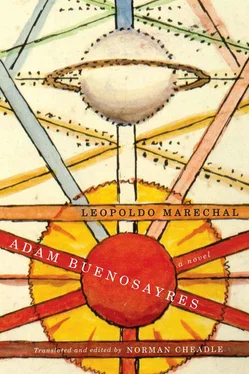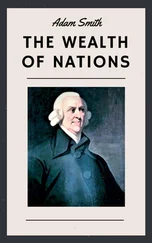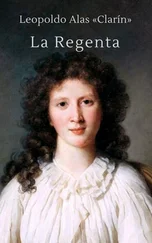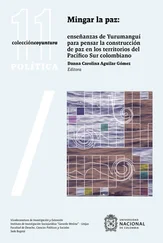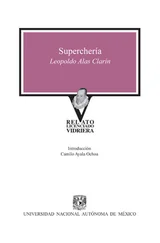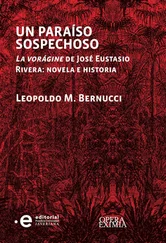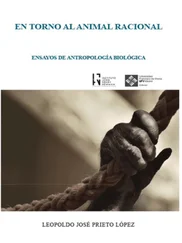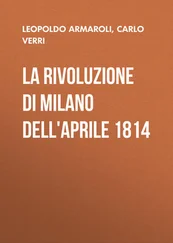Founded in 1580, Buenos Aires was laid out on a grid pattern, like many Spanish-colonial towns. For the first two centuries of its existence it was a quiet backwater, but by the end of the eighteenth century it had come into its own and in 1810 was the first Spanish American city to break definitively with Spain. In the 1880s it began to grow rapidly. By 1910, when it celebrated the centenary of Argentine independence, it was riding the crest of rapid urban growth and economic development powered by foreign capital investment, foreign immigrant labour, and internal migration. It was then that modern downtown Buenos Aires — its spacious parks, broad avenues, elegant cafés and confiterías , and Parisian-style architecture — took its definitive shape. 4With its newly constructed Obelisk replica arising from the midst of the world’s widest thoroughfare (Avenida 9 de Julio), as well as the tree-lined Avenida de Mayo modelled on the Champs Élysées, it was a city that fancied itself the “Paris of the Pampas.” 5Bounded by the broad estuary of the Río de la Plata on its northeast flank, it was rapidly expanding south and west over the pampa. Villa Crespo, relatively centrally located, has been a typical barrio (municipal district) among the forty-eight comprising the city. As we see in the novel, in the 1920s Villa Crespo was home to many immigrant communities. The First World War had temporarily interrupted the flow, but immigrants poured in throughout the twenties; between 1920 and 1930, the city’s population grew from 1,700,000 to 2,153,200 (Walter 83). In politics, the new Argentines found representation in the Radical Party, and their massive collective presence was expressed and reflected in new modes of cultural production — in amusement parks and mass entertainment centres such as Luna Park (depicted more than once in Cacodelphia), as well as in popular theatre, cinema, and literature.
Immigrants arrived not only from abroad, however. If the inner-city barrio of Villa Crespo is the stage of cacophonous cosmopolitan encounter, the city’s suburban edge — the badlands of Saavedra — is where urban modernity and rural criollo tradition collide. It is where the hinterland’s displaced descendants, internal immigrants uprooted by the industrialization of agriculture and ranching, claw at the edges of metropolis in a new subculture of the arrabal . “I like the landscape in Saavedra, that broken terrain where the city comes to an end,” says Adam’s friend, the philosopher Samuel Tesler. Indeed, Adam and his avant-garde comrades are irresistibly attracted to that “frontier zone where burg and wilderness meet in an agonistic embrace, like two giants locked in single combat.” Zone of knife fights and tango, brutality and forlorn sentimentality, the suburban frontier traces an advancing line of creative violence, the very knife edge of modern actuality; and it is there that most of the novel’s mock adventures take place, including the long final descent into the avant-garde inferno designed by the astrologer Schultz.
In Moretti’s selective encyclopaedia of the novel, then, Marechal’s Adán Buenosayres finds itself well positioned under the Joycean aegis of metropolitan “torn space”; not suprisingly, several critics have looked at the theme of the city and urban space in Adán (Ambrose, Limami, Wilson, Berg). 6But in light of the troubled history of the reception of Adán — a point to which we will return — a more general observation must be made. “Countless are the novels of the world,” notes Moretti apologetically (ix); and yet this particular novel cannot be left out of the account. Decades after Carlos Fuentes’s prescient observation, Moretti’s method of “distant reading” on a planetary scale finds Adán to be a significant fixture of world literature when viewed with the objectivity of the long view. This theoretical point is corroborated in practice by literary experience. In Santiago Gamboa’s novel El síndrome de Ulises (2005) [The Ulysses Syndrome], the Colombian protagonist-narrator meets at the Sorbonne a Morrocan-born student happily obsessed with Adán Buenosayres : Salim, a devout Muslim, is writing a doctoral thesis based on Marechal’s novel and its representation of the individual vis-à-vis the city (Gamboa 24). 7Remarkably, a novel written by an Argentine Catholic nationalist about 1920s Buenos Aires speaks to Salim across barriers not only temporal and geographical but also religious and ideological. Like the wily Ulysses, a great piece of literature can overcome tremendous obstacles and travel to the most unlikely places. And for Gamboa’s (autobiographical) narrator, who until that moment of recognition — through the eyes of a non-Westerner — had seen Adán Buenosayres as a book “condemned to live within its [national] borders” (32), there dawns a new geo-cultural consciousness.
THE JOYCE CONNECTION AND CULTURE WARS
At the heart of this novel is the story of Adam Buenosayres’s unrequited love for a young woman called Solveig, whom the hapless poet reimagines as his latter-day Beatrice. This interior drama is boisterously paved over by a festive narrative about seven mock-heroes whose madcap antics, farcical adventures, and wild conversations about everything in heaven and on earth give the novel its living flesh. All seven evoke avant-garde writers and artists of 1920s Buenos Aires, a “golden age” of Argentine literature. Some are composite figures, while others are caricatures of clearly recognizable individuals: notably, Luis Pereda (Jorge Luis Borges), the astrologer Schultz (artist and polymath Xul Solar), the philosopher Samuel Tesler (poet Jacobo Fijman), and the pipsqueak Bernini (writer Raúl Scalabrini Ortiz), as well as the protoganist Adam, a quasi-autobiographical version of Marechal himself. Thus the novel is on the external level a roman à clef 8— with the curious anomaly of the character portrayed as Adam’s beloved, Solveig Amundsen. Since her family is clearly a novelistic version of the real-life Lange family, it has been speculated that behind the fictive Solveig stands the writer Norah Lange, dubbed at one time the “Muse of Martín Fierro ” (the literary review to which we will return presently). Strikingly, however, the meek, passive, voiceless girl who is Solveig does not even vaguely resemble Lange — a creative, highly articulate, and outgoing intellectual. Solveig stands as a virtually empty figure, functioning as the Beloved whom the poet Adam Buenosayres idealizes and recreates in the mystico-courtly manner of the Petrarchan poets. When she accepts the suit of Lucio Negri, Adam’s rival for her affections, Solveig becomes a sort of antagonist to Adam, an obstacle whose stubbornly concrete existence he must overcome as a writer, especially since Negri epitomizes the bourgeois doxa against which Adam rebels. Thus, caution must be exercised when interpreting Adán as a roman à clef . On the other hand, it can be read as a Künstlerroman whose most obvious model is Joyce’s Portrait of an Artist as a Young Man , though these two subgenres can hardly account for the novel in its totality.
Another clear source of inspiration is Joyce’s Ulysses (1922), which traces Leopold Bloom’s itinerary through Dublin for a single day (16 June 1904). 9Marechal’s Adán Buenosayres takes place over three days, April 28–30, in an unspecified year in the 1920s. The novel opens at 10 a.m. on Thursday the twenty-eighth, as Adam wakes up. On Saturday the thirtieth at midnight, he and Schultz begin their descent into the infernal city of Cacodelphia. Meanwhile, we follow Adam and his friends around Buenos Aires; their adventures are recounted in Books One to Five by a Protean third-person narrator who, as in the case of Ulysses , assumes different voices in different contexts. These five “books” could stand alone as a traditionally structured novel. Books Six and Seven, on the other hand, are presented in the “Indispensable Prologue” by the quasi-fictive narrator as “found manuscripts” (an old Cervantine trick). Both these texts are narrated in the first person by Adam himself, and both take as literary models texts by Dante Alighieri. Book Six, “The Blue-Bound Notebook,” is Adam’s spiritual autobiography, an earnest account of his love and its transformation along the lines of Dante’s love for Beatrice in the Vita nuova . It is in Adam’s Notebook, far more than in the clownish misogyny of Samuel Tesler or Franky Amundsen, that the entire rhetoric predicated on gender divisions becomes interesting; a close study of Adam’s Neo-Platonist text from a gender studies perspective would surely produce worthwhile results. Finally, Book Seven — at once social satire and a great meta-literary romp — recounts the journey to Cacodelphia, jocosely parodying Dante’s Inferno .
Читать дальше
